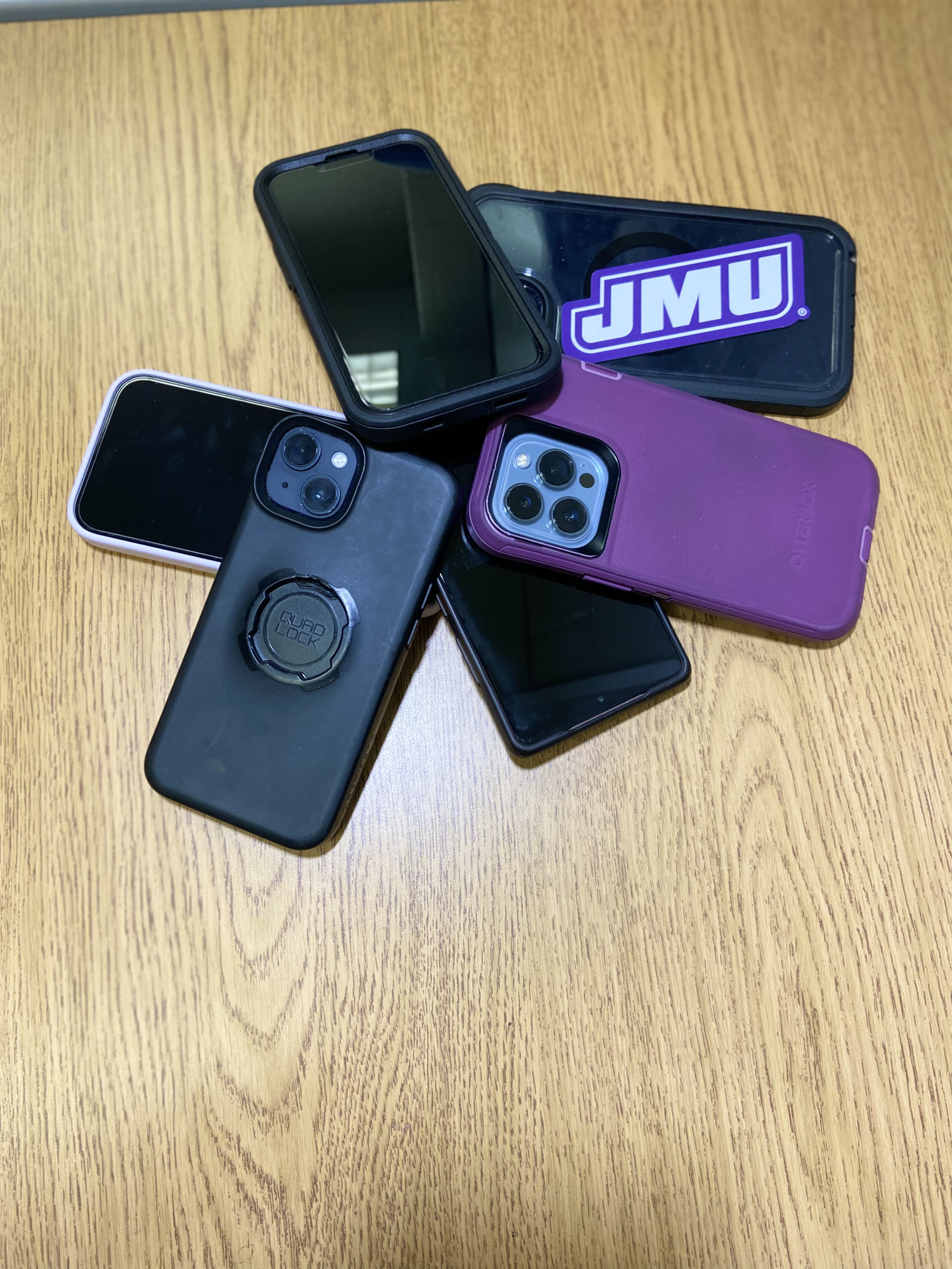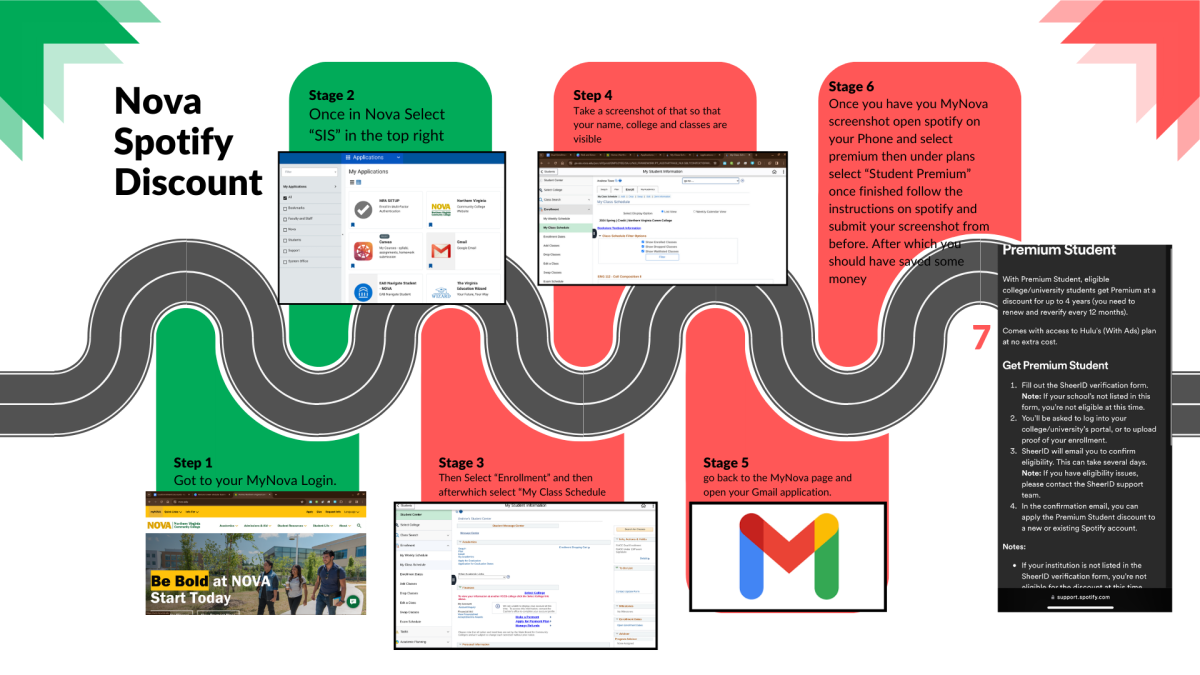Teenagers are spending an increased amount of time on electronic devices being entertained through social media, giving them the infamous title, “Screen-agers.” Phone usage for teenage students has grown throughout the years as younger children have gained access to technology. Mobile devices have become addictive to teenagers and adults causing mental, physical, and emotional health problems.
Mindless entertainment like scrolling on social media, watching tv, or playing video games causes the brain to release dopamine, which affects happiness and satisfaction. Dopamine also helps control memory, sleep, and concentration. Similar to other addictive substances, dopamine’s effects on the frontal lobe’s impulse control can start an endless scrolling addiction. The negative effects of screen time can be observed through social interactions between students and colleagues. Increased amounts of screen time can connect others over the internet, but can also lead students to lack the ability to hold face to face conversations. Having interpersonal interactions enables people’s abilities to pick up on social cues and body language, which promotes empathy. Physical language has been utilized for hundreds of years to gain insight of what others are thinking or feeling. Words can mean 100 things, but physical language can mean 1000.
In Woodgrove, around 50 percent of students spend a staggering average of five or more hours a day on their devices. It is primarily spent on social media apps such as Tik Tok, Instagram, and SnapChat where 55 percent of students spend at least two hours everyday. Common Sense Media conducted a study that indicated 97 percent of highschool students spend hours on their phones during school. It also showed that there has been a spike in the ages that tweens and teenagers are given phones. By age eleven, 53 percent of kids have a smartphone and by age twelve the number rises to 69.
Fifty percent of children throughout the United States get an average of 237 notifications per day. Notifications can arrive at any time, which diverts attention away from previous tasks. Students between 11 and 17 will check their phone up to 498 times per day. Spending too much time on technology and social media can lead to less sleep, which can have negative impacts on academic performance in school. Most studies about technology’s effect on sleep suggest that people should turn off all screens 30 minutes to an hour before going to bed to promote healthier rest.
Findings also concluded that 32 percent of teens said they read for fun less than once per month, if at all. Reading and writing helps develop the brain and expand knowledge. Social media and technology has taken over the lives of children, teens, and adults. To maintain interpersonal relationships, it is important to spend less time on technology and utilize dopamine resets, like exercise, journaling, and mindfulness. Open emotions and empathy help humans develop as individuals. When it’s tempting to think about going on social media, be less of a “screen-ager” and more of a teenager.









